This weekend’s Indianapolis 500 will be the 105th running of the event know as ’the greatest spectacle in racing’. As one of the world’s oldest motorsport events, with a history dating back 110 years, the 500 is rich with history, traditions and folklore.
Here are some of the most interesting traditions and bits of trivia related to the race.
Why Indianapolis Motor Speedway is called the Brickyard
Inspired by the Brooklands oval in Britain, the Indianapolis Motor Speedway was built in 1909 as an automotive test track. The original plan was for a 3- to 5-mile long circular track to allow for high-speed testing, but the plans had to be adjusted based on the 328 acre farm in Indiana that creator Carl G Fisher was able to purchase.
To leave room for grandstands on the site, Fisher adopted a rectangular 2.5-mile shape, with low-banked corners to maximise the length of the 1km-long straights. The track circuit originally comprised graded soil covered with packed limestone and stone chips, but flying stones led to a number of accidents during the first motor race at the venue in August 1909.
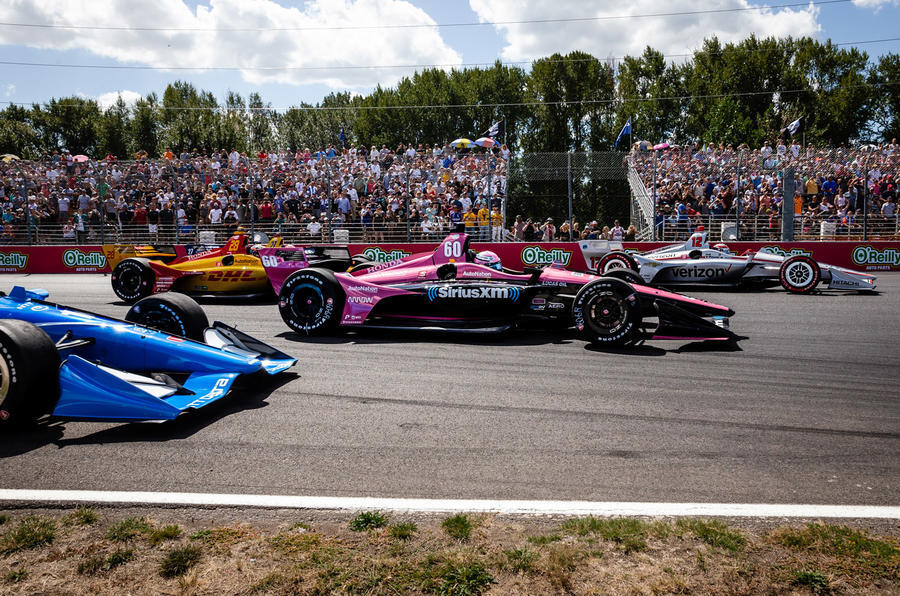
Outcry from competitors and race organisers prompted IMS officials to pave the speedway, at a time when very few roads were. They sourced 3.2 million bricks from five local manufacturers to create a much smoother surface. The venue was quickly nicknamed the Brickyard, a moniker it has kept despite being entirely paved with asphalt – save for a foot at the finish line – since 1938.
Why the Indianapolis 500 lasts 500 miles
The inaugural car race at the speedway in 1909 was a 250-mile event, and the following year a total of 66 events were held, each featuring a number of races of around 100-200 miles in length. But with those events struggling to draw in fans, Fisher elected to focus on a single major event for 1911.

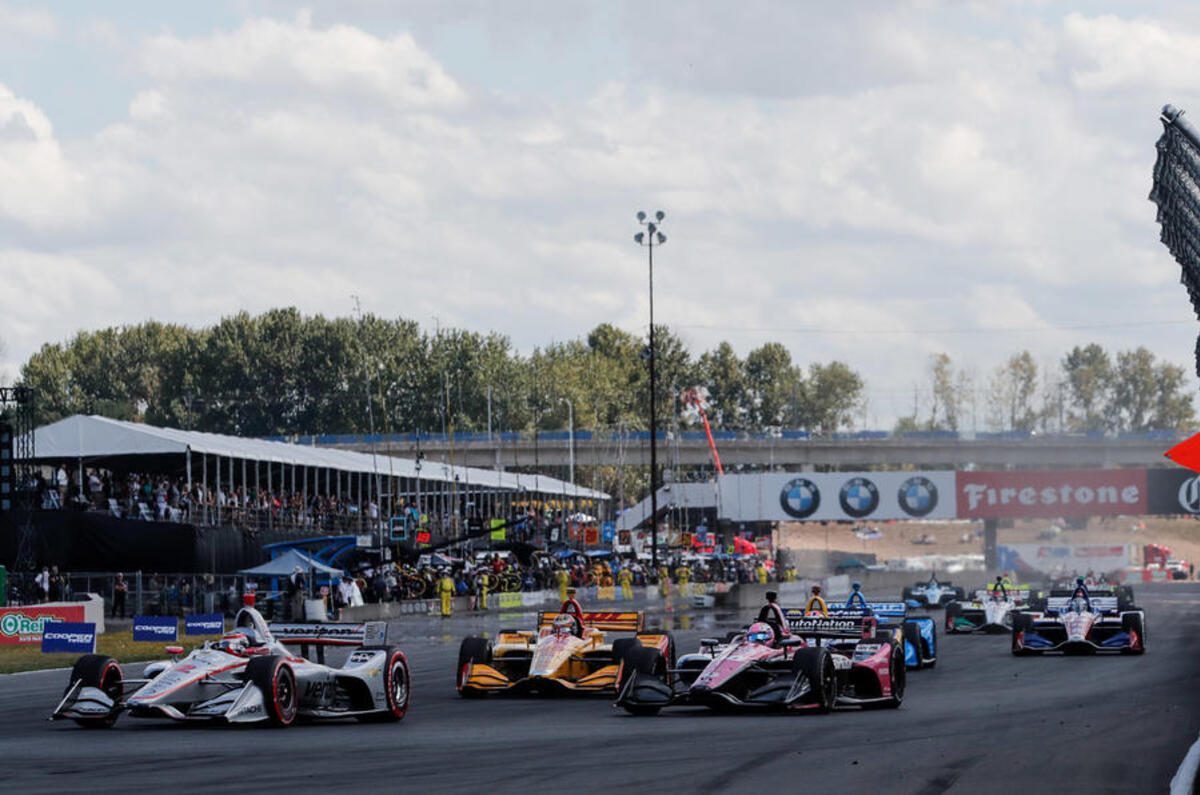
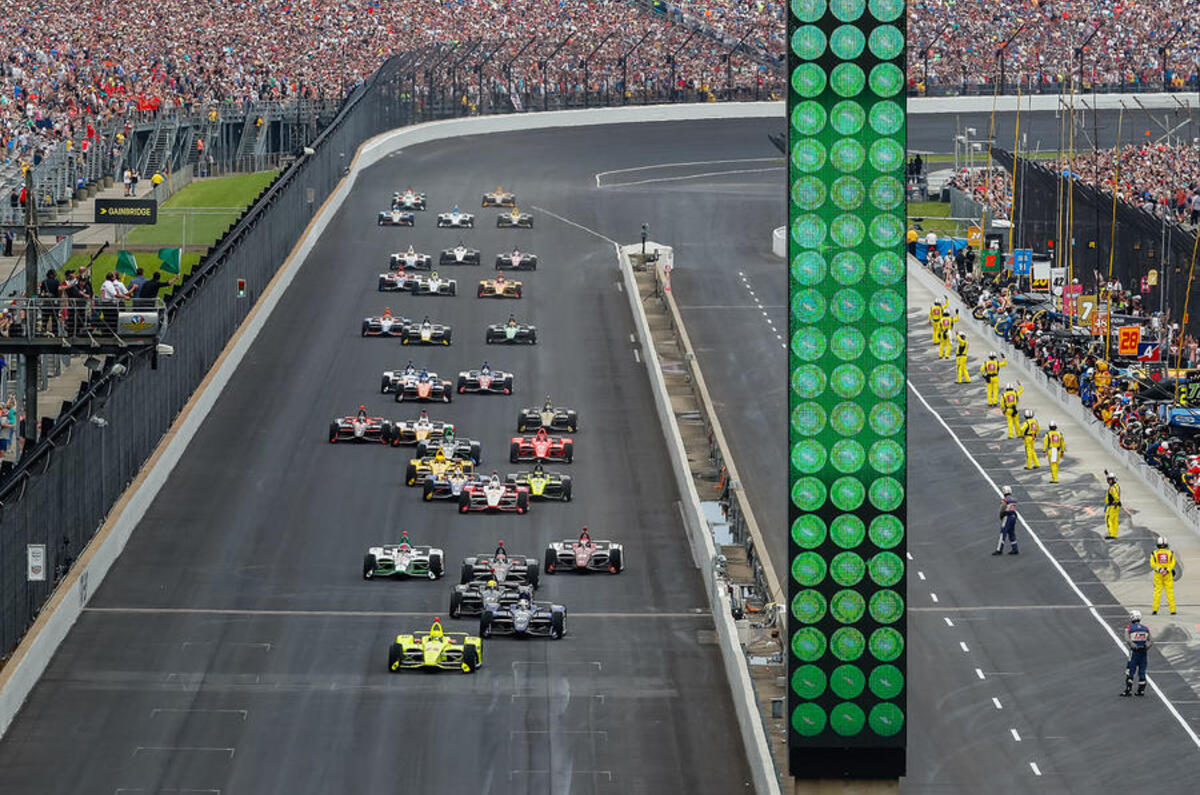

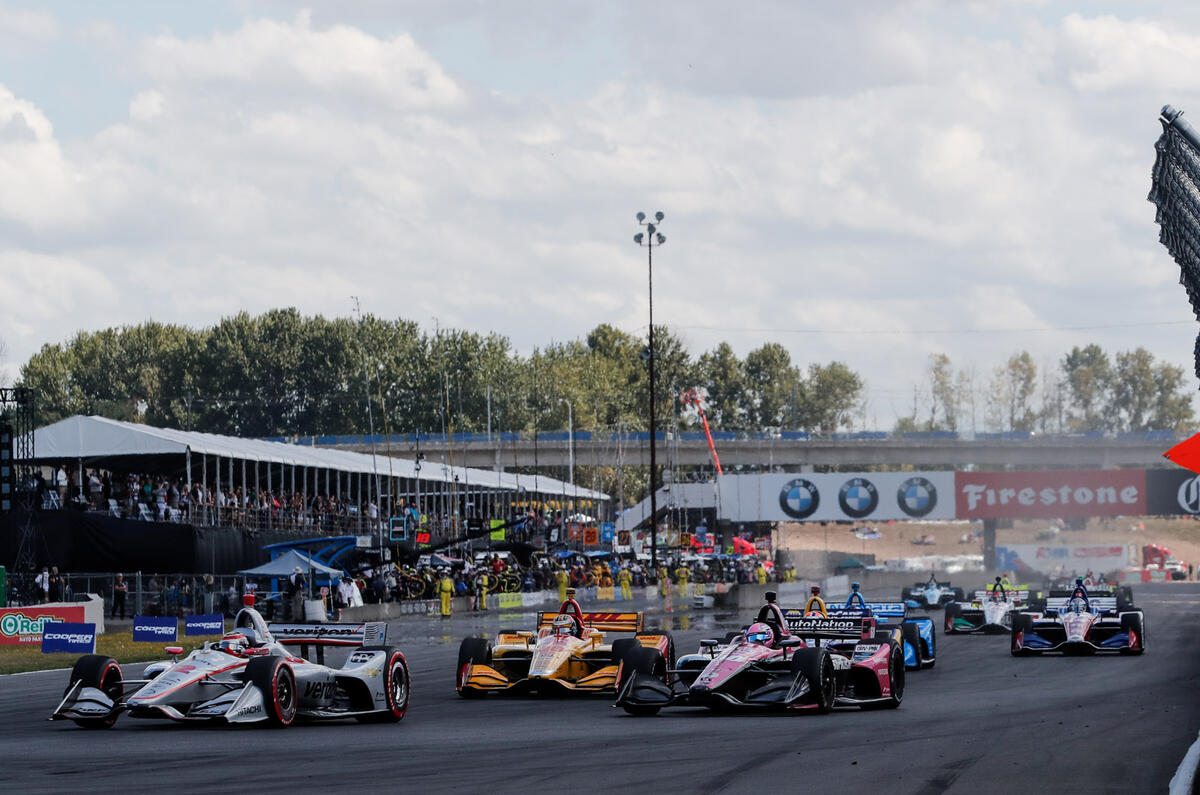
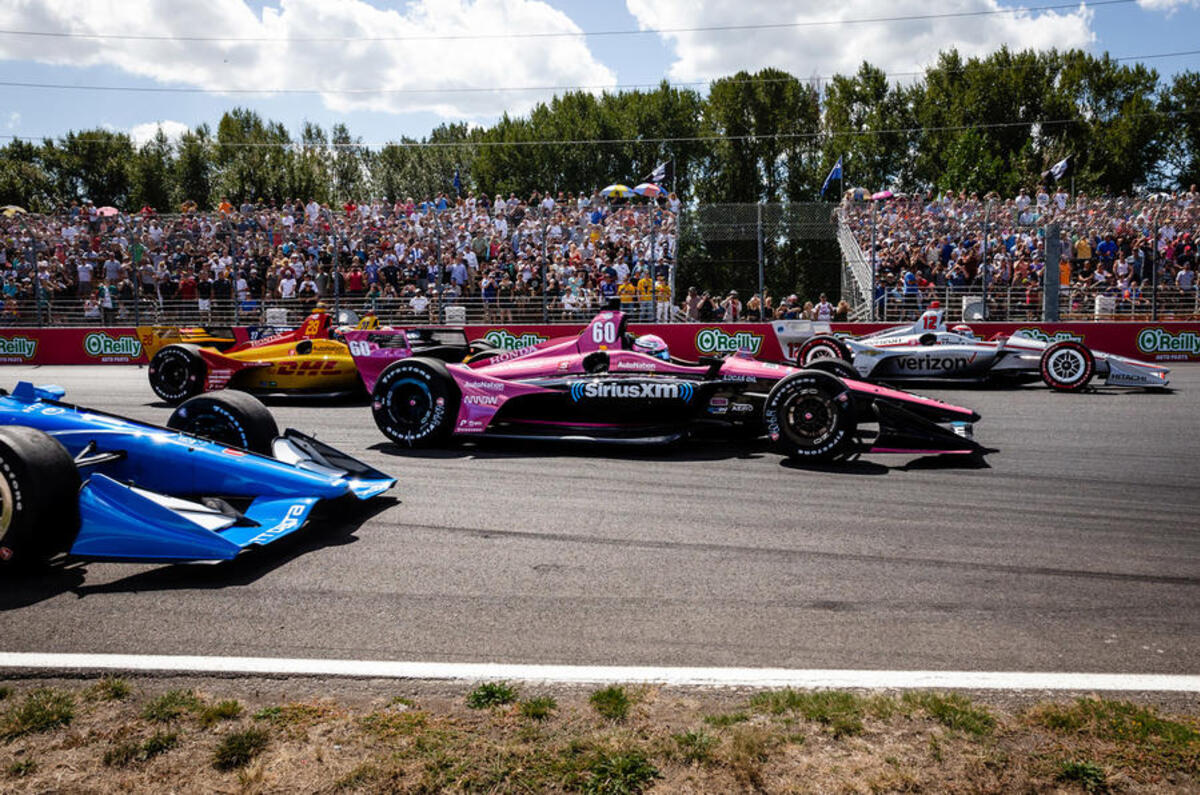
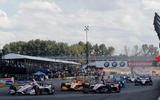
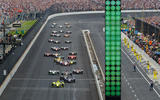
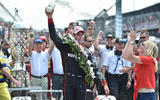
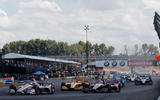
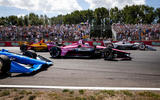

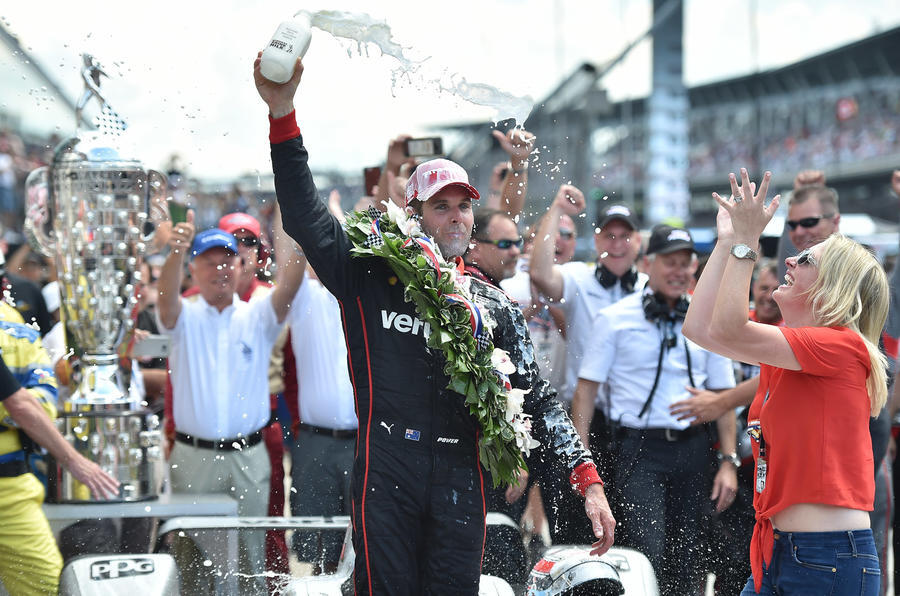





Add your comment